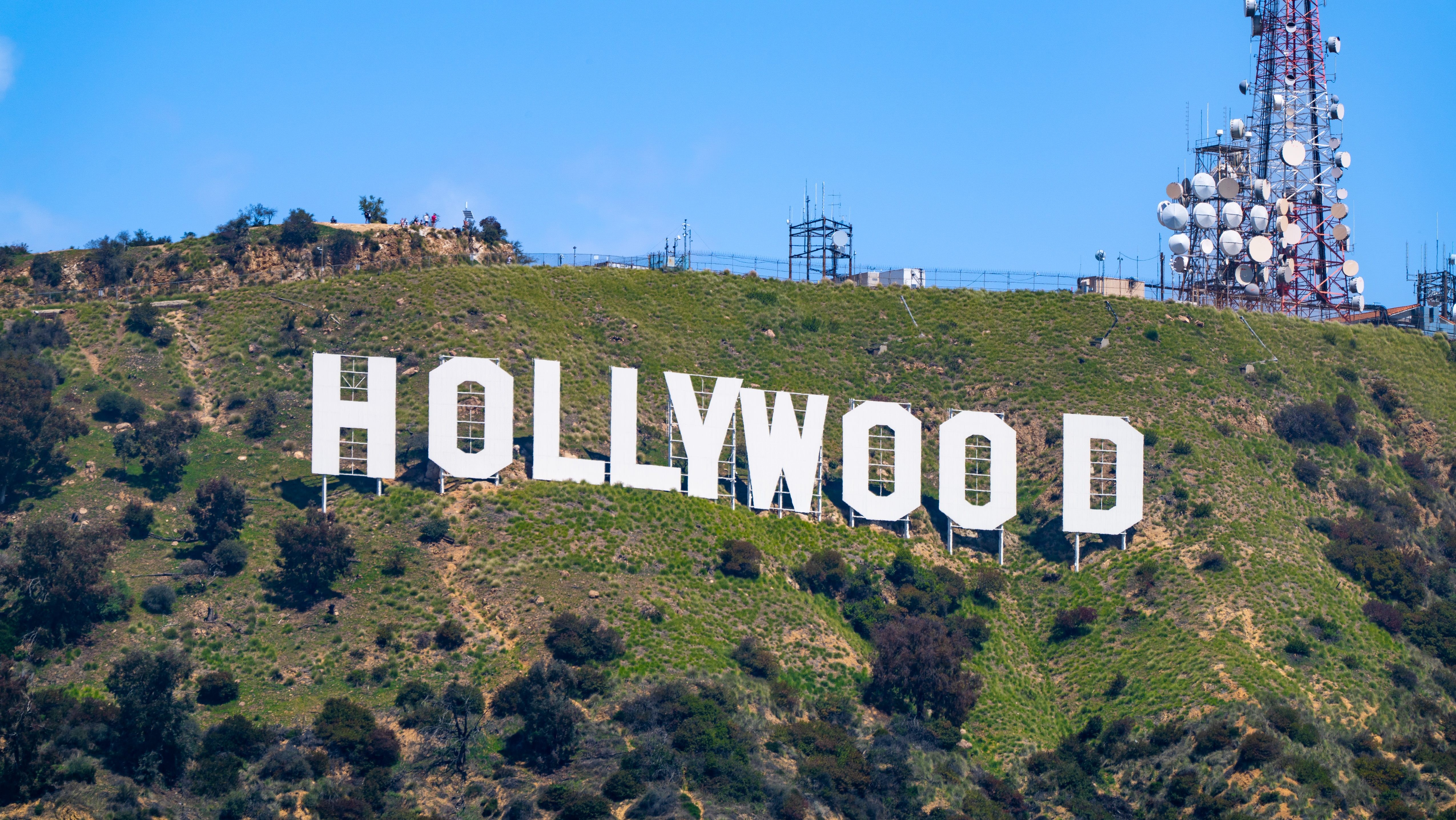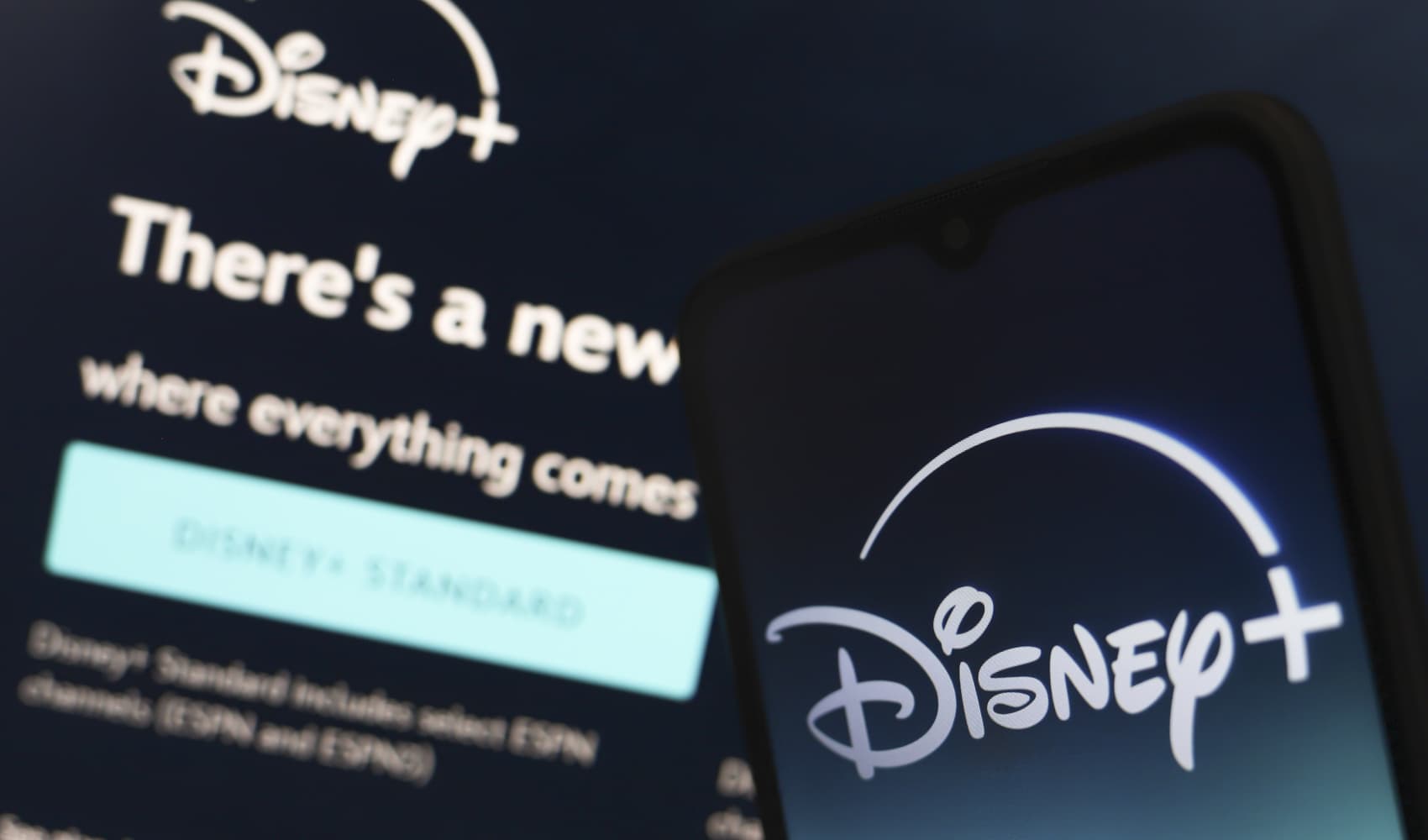Trump's Hollywood Tariffs: Industry Fear & Confusion Unveiled
Hollywood Reels in Fear: Trump's Tariff Threat Sparks Industry Chaos
Introduction: A Hollywood Horror Story?
President Donald Trump, known for his unpredictable pronouncements, recently sent shockwaves through Hollywood with his proposal to slap tariffs on movies produced outside the United States. Imagine the scene: Sunday night, the entertainment industry settles in for some well-deserved rest, only to be jolted awake by a Truth Social post hinting at potential financial Armageddon. Talk about a cliffhanger!
The reaction? A potent cocktail of confusion and outright fear. Could this really happen? What would the implications be for the industry, for jobs, for the movies we love? It was a script no one saw coming, and the ending was far from written.
Trump's Truth Social Bombshell: What Did He Say?
Trump's initial salvo came in the form of a Truth Social post where he called for tariffs "on any and all Movies coming into our Country that are produced in Foreign Lands." His rationale? The supposed harmful impact of incentives offered by other countries. Think tax breaks and subsidies luring productions away from American shores. The battle cry was clear: "WE WANT MOVIES MADE IN AMERICA, AGAIN!"
The Underlying Argument: Leveling the Playing Field?
Trump's argument, at its core, seems to be about creating a level playing field. He believes that foreign governments are unfairly attracting film productions with financial incentives, putting American studios and workers at a disadvantage. Is there merit to this claim? That's a debate raging right now within the industry.
White House Backpedaling: "Exploring All Options"
The immediate aftermath of Trump's post was, to put it mildly, chaotic. By noon on Monday, White House officials were scrambling to clarify the situation, issuing statements that "no final decisions" had been made and that the administration was merely "exploring all options." Was this damage control? A strategic retreat? Or simply a case of a policy idea being floated prematurely?
Damage Control or Calculated Strategy?
The rapid clarification suggests that the White House might have been caught off guard by the strength of the reaction to Trump's post. Perhaps they underestimated the complexity of the film industry and the potential fallout from such a drastic measure. Or, maybe this was a deliberate tactic – a trial balloon floated to gauge public and industry reaction before committing to a specific course of action.
Industry Reactions: Confusion, Fear, and a Plea for Clarity
Industry officials and observers were, understandably, in a state of bewilderment. What exactly would these tariffs entail? Which countries would be affected? What constitutes a "foreign-made" movie? The questions were endless, and the answers were nowhere to be found. The dominant sentiment was a deep unease about the potential economic consequences.
The Economic Fallout: A Potential Disaster?
The prospect of tariffs raises serious concerns about the potential impact on the film industry's bottom line. Movies often involve complex international co-productions, with filming taking place in multiple countries and talent and resources drawn from all corners of the globe. Tariffs could significantly increase production costs, making it harder for independent filmmakers to compete and potentially leading to job losses in the US.
Trump's Reassurances: "I'm Not Looking to Hurt the Industry"
Speaking from the Oval Office on Monday, Trump attempted to soothe frayed nerves, stating that he would be meeting with industry officials to ensure they were "happy" with his tariffs plan. "I'm not looking to hurt the industry; I'm looking to help," he declared. But were these words enough to calm the storm?
Can Trump Win Over Hollywood? A Tough Sell
Given Trump's often-contentious relationship with Hollywood, his words of reassurance are unlikely to be taken at face value by many in the industry. Building trust will be a significant challenge, and any proposed tariffs will be met with intense scrutiny and resistance.
Defining "Foreign": The Devil is in the Details
One of the biggest sources of confusion surrounding Trump's proposal is the lack of clarity on what exactly constitutes a "foreign-made" movie. Is it based on the location of filming? The nationality of the production company? The origin of the financing? Until these questions are answered, it's impossible to assess the true impact of the proposed tariffs.
The Rise of Global Co-Productions: A Complicated Web
Modern filmmaking is often a highly collaborative and international endeavor. Movies frequently involve co-productions between studios in different countries, with funding, talent, and resources coming from various sources. This makes it difficult to draw a clear line between "American" and "foreign" films, further complicating the implementation of any tariff regime.
The Canadian Connection: A Borderline Case?
Canada, with its proximity to the US, its skilled workforce, and its attractive tax incentives, is a popular location for film and television production. Would movies filmed in Canada be subject to tariffs? This is a key question that has sent ripples of anxiety through the Canadian film industry.
North American Solidarity: A Shared Industry?
The film industry in North America is deeply integrated, with close ties between studios, production companies, and talent in the US and Canada. Tariffs on movies filmed in Canada could disrupt these long-standing relationships and potentially harm the entire North American film ecosystem.
The Impact on Independent Filmmakers: A David vs. Goliath Battle?
Tariffs could disproportionately impact independent filmmakers, who often rely on international co-productions and foreign financing to bring their projects to life. For smaller studios and independent creators, the increased costs associated with tariffs could be insurmountable, potentially stifling creativity and diversity in the industry.
Preserving Indie Cinema: A Cultural Imperative
Independent films play a vital role in showcasing diverse voices and perspectives, often tackling social and political issues that mainstream Hollywood avoids. Protecting independent filmmakers from the potentially devastating effects of tariffs is crucial for preserving the richness and vitality of cinema.
The Future of Hollywood: A Tariffs Timeline
The future of Trump's Hollywood tariffs remains uncertain. The administration's initial announcement was met with confusion and fear, and it is now clear that more discussions must be held. It is expected that there will be continued debate and negotiation in the weeks and months ahead, as the industry seeks to understand the potential implications and to shape the final outcome.
The Political Theater: How Will it Play Out?
The tariffs issue is playing out against the backdrop of a heated political environment, with the upcoming presidential election adding another layer of complexity. Trump's stance on trade and protectionism is well known, but it remains to be seen whether he will ultimately pursue these tariffs, compromise with the industry, or abandon the idea altogether.
Beyond Tariffs: Other Challenges Facing Hollywood
While the threat of tariffs is currently dominating the headlines, it's important to remember that Hollywood is facing a range of other challenges, including the rise of streaming services, evolving audience preferences, and the ongoing debate over representation and diversity. The industry is in a state of constant flux, and its ability to adapt and innovate will be crucial for its long-term survival.
Navigating the Digital Age: Streaming Wars and Beyond
The rise of streaming services like Netflix, Amazon Prime Video, and Disney+ has fundamentally transformed the film and television landscape. Studios are now grappling with how to balance theatrical releases with streaming content, and how to compete in an increasingly crowded and competitive market.
Conclusion: Uncertainty Reigns in Tinseltown
Trump's proposal to impose tariffs on foreign-made movies has thrown Hollywood into a state of uncertainty. The confusion and fear sparked by the announcement are a testament to the potential economic consequences and the lack of clarity surrounding the plan. While Trump has attempted to reassure the industry, significant challenges remain in defining what constitutes a "foreign" film, addressing the concerns of independent filmmakers, and navigating the complex web of international co-productions. Whether these tariffs will ever become a reality remains to be seen, but one thing is clear: Hollywood is holding its breath.
Frequently Asked Questions (FAQ)
Q1: What exactly are tariffs, and how would they affect the film industry?
Tariffs are taxes imposed on imported goods or services. In this case, they would be levied on movies produced outside the U.S. This could increase the cost of production, making foreign films more expensive to distribute in America and potentially discouraging international co-productions.
Q2: How would these tariffs impact moviegoers?
If tariffs increase production costs, those costs could be passed on to consumers in the form of higher ticket prices or subscription fees for streaming services. The availability of certain foreign films could also be limited.
Q3: What countries would be most affected by these tariffs?
Countries like Canada, the UK, Australia, and New Zealand, which offer attractive incentives for film production, would likely be the most affected. Any country where significant film production takes place outside the US could be impacted.
Q4: Are there any potential benefits to imposing these tariffs?
Proponents argue that tariffs could incentivize more film production in the United States, creating jobs and boosting the American economy. They could also level the playing field by reducing the attractiveness of foreign incentives.
Q5: What is the likely outcome of Trump's tariff proposal?
The outcome is uncertain. It depends on negotiations between the Trump administration and industry stakeholders, as well as the political climate and economic considerations. The proposal could be implemented, modified, or abandoned altogether.

